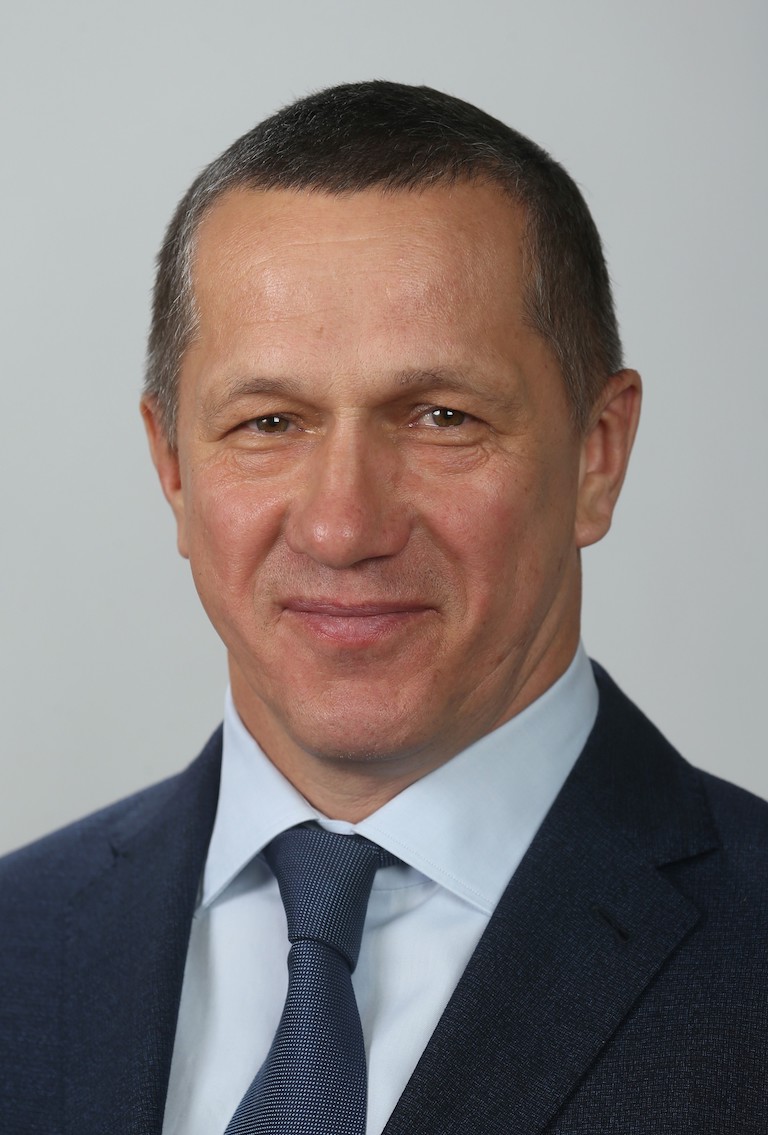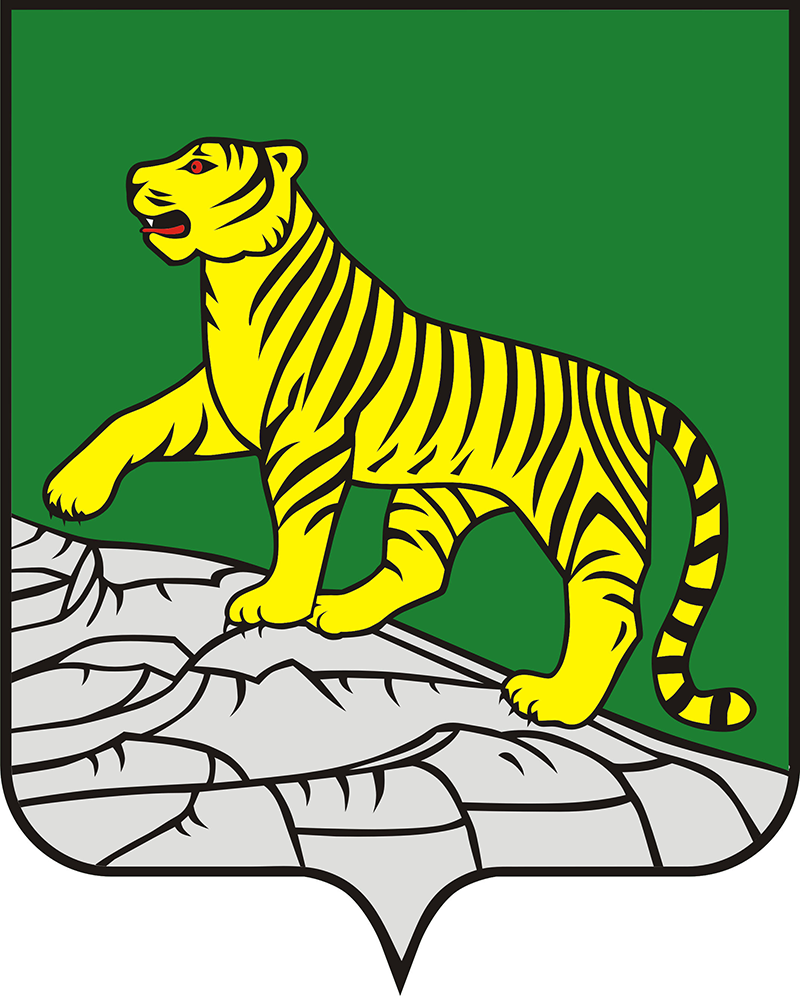Дорогие друзья!
Рад приветствовать вас на «Улице Дальнего Востока» V Восточного экономического форума!
Магаданская область представляет новые инвестиционные, торговые, туристические и культурные возможности региона. В павильоне Магаданской области – золотой кладовой России – вас ждут коллекции уникальных самородков, незабываемые виды суровой северной природы поразительной красоты.
Обязательно совершите виртуальную прогулку по Магаданской области, отведайте колымских деликатесов, узнайте, какие сокровища таятся в вечной мерзлоте, подарите себе эксклюзивные ювелирные изделия с самородным золотом, прикоснитесь к древнему косторезному искусству. Для поклонников золотой лихорадки мы приготовили мастер-классы по промывке золота, где с помощью лотка и кайла каждый может стать старателем.
Узнайте, чем живет наш край сегодня и что планируем создать на территории уже завтра. Новейшие технологии позволят увидеть, какой Магаданская область станет в 2035 году. Уверен, Национальная программа развития Дальнего Востока России, разработанная по поручению Президента РФ Владимира Путина, даст мощный импульс для улучшения жизни дальневосточников.
Приезжайте к нам на Колыму!
Паспорт региона
Флаг

Герб

На карте

 Административный центр
Административный центр
Магадан
 Крупные города
Крупные города
Сусуман
 Реки, озера
Реки, озера
Колыма, Сугой, Омолон, Ола, Детрин, озеро Чистое, Пареньское, Джека Лондона
 Климат
Климат
Резко-континентальный, суровый с холодными ветрами. Летом устанавливается теплая и даже жаркая погода, однако средняя годовая температура воздуха в области- отрицательная
 Площадь
Площадь
462,5 тыс.кв.км
 Население
Население
141 234 тыс. чел.
 Транспортное сообщение
Транспортное сообщение
Воздушное (самолеты, вертолеты), автобусное, автомобильное
 Часовой пояс
Часовой пояс
MSK+8
 Экономика
Экономика
Горнодобывающая промышленность (серебро, золото, вольфрам, медь, олово, уголь), рыбная промышленность
Полная информация в КАТАЛОГЕ УДВ

10 фактов о Магаданской области
Магадан вдохновляет
О городе писали песни Высоцкий, Шуфутинский, Ветлицкая, Круг и Вася Обломов
Прославленный певец Владимир Высоцкий подарил свое имя магаданскому аэропорту
Популярный российский юморист Ефим Шифрин родился на Колыме в отдаленном поселке Нексикан
«Ночные снайперы»
Дианы Арбениной образовалась в Магадане

Колымчане отмечают Новый год дважды
. Традиционно в конце декабря и на эвенский праздник Хэбденек

На Колыме есть уникальное по красоте озеро Джек Лондон протяженностью 10 км. Озеро получило имя известного писателя в 30-х годах из-за любви геологов к произведениям автора приключенческих романов
Известный писатель и режиссер Александр Проханов снял фильм о «колымской душе»;
Колыма снабжает всю Россию
крабами и красной икрой
На Колыме теперь живут овцебыки
25 животных завезли из Якутии на остров Завьялова для развития экотуризма в регионе
1 место в России
по добыче самородного золота и серебра

Dear participants and guests of the 5th Eastern Economic Forum!
This year, as we celebrate the Forum’s 5th anniversary we have an opportunity to look back on everything that has been achieved since 2015. It was the first time when Vladivostok hosted the trendsetters from Russian and international business communities, government officials, foreign dignitaries, researchers, and experts – in other words, everyone who was prepared to cooperate with Russia and work in the Russian Far East; everyone, who was ready to launch new production facilities and develop those already in place; everyone, who aimed to create new jobs, construct roads, housing, and hospitals – namely improve the life of our Eastern territories.
The goals we set 5 years ago appeared unattainable back then. We discussed a broad range of topics: expectations and development prospects, creating new economic regimes and improving the investment climate, passing legislative initiatives and changing legal framework, putting new social infrastructure in place and helping regions reach their potential – in other words, we were talking about the future. Some were hopeful, some remained skeptical, yet there was only one thing that mattered: we were ready to act as one. And today, that future has become our present.
The President of the Russian Federation Vladimir Putin designated the development of the Far East as a national priority of the entire 21st century. At the behest of the President, a whole new economy is being created in the region. Large companies as well as small and medium-sized businesses can count on tax breaks, administrative preferences, concessional loans, and support from the state development institutions.
A lot has been accomplished during the last 5 years: over 40 legislative initiatives that sustain investment activity and improve the social sphere have been passed; 20 advanced special economic zones and 5 free ports have been put in place. These measures resulted in over 1,780 new investment projects worth over RUB 3.8 trillion, and 230 new enterprises appeared. The government provides targeted infrastructural and financial support to the investors. Over 70 thousand people received free land and now are building houses and farms on their ‘Far Eastern hectares’.
17 different countries invest in the Far East: China, Japan, the Republic of Korea, Australia, New Zealand, Vietnam, to name a few. Since 2014, nearly 32% of all direct foreign investment came to our region.
The Far East itself has expanded: Zabaikalsky Krai and the Republic of Buryatia joined the Far Eastern Federal District, while the Ministry for the Development of the Russian Far East now oversees an additional region: the Russian Arctic Zone.
When it comes to the social sphere, the ‘Unified Subsidy’ mechanism has provided existing measures with additional stimulus. 57 centres of economic growth have received funding for the construction of schools and nurseries, hospitals as well as medical and obstetric stations, cultural centres and sports facilities. These centres are home to over 80% of Far Easterners.
A fair amount of good work has been done. Economic growth in the FEFD exceeds 4%, which is two times greater than the Russian national average. However, we are now faced with another objective: increasing economic growth in the Russian Far East to 6% per year. We also must figure out how to improve the quality of life in the Russian Far East and in the Arctic so that it exceeds the Russian national average. These objectives have been set by the President of the Russian Federation Vladimir Putin.
Our goal is to make the Russian Far East more accessible to investors and comfortable for the people that live here, providing them with the confidence that their dreams will become a reality in the nearest future.
Many topics that were brought up at previous Forums ended up serving as the foundation for the development and passing of legislation, the implementation of new business support measures, and the improvement of the Far East’s social welfare. I am confident that this Forum will continue contributing to the open dialogue between businesses and authorities, experts and researchers, sociologists and demographers.
I would like to wish Forum guests and participants all the best. The Russian Far East is open for cooperation: we value each partner, every opinion and every initiative that helps develop our country!
Yury Trutnev






